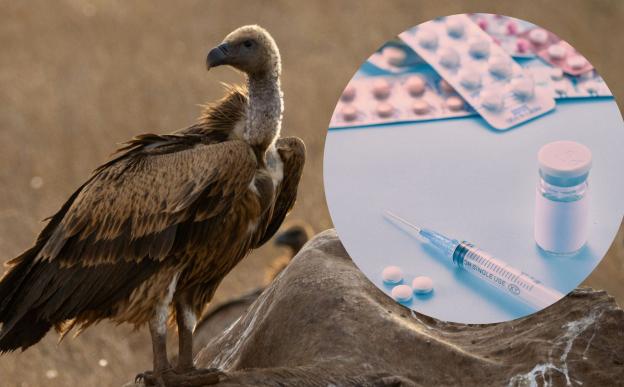Across many countries in the world, people from an economically backward background struggle to get adequate medical care. As a part of its Sustainability and development goals for 2015 the United Nations has declared ensuring “healthy lives and promote well-being for all at all ages”. This target of Universal Health Coverage (UHC) aims to ensure accessibility to quality health care services by the year 2030. With 13 years to go, an international team of scientists explores how this goal can be achieved in five South Asian countries.
Despite successful bans on the veterinary drug diclofenac in Nepal and parts of India, a decade-long undercover investigation reveals that toxic alternatives like flunixin and nimesulide are rapidly replacing it, posing a renewed existential threat to the region’s critically endangered vulture populations.
Mumbai/







